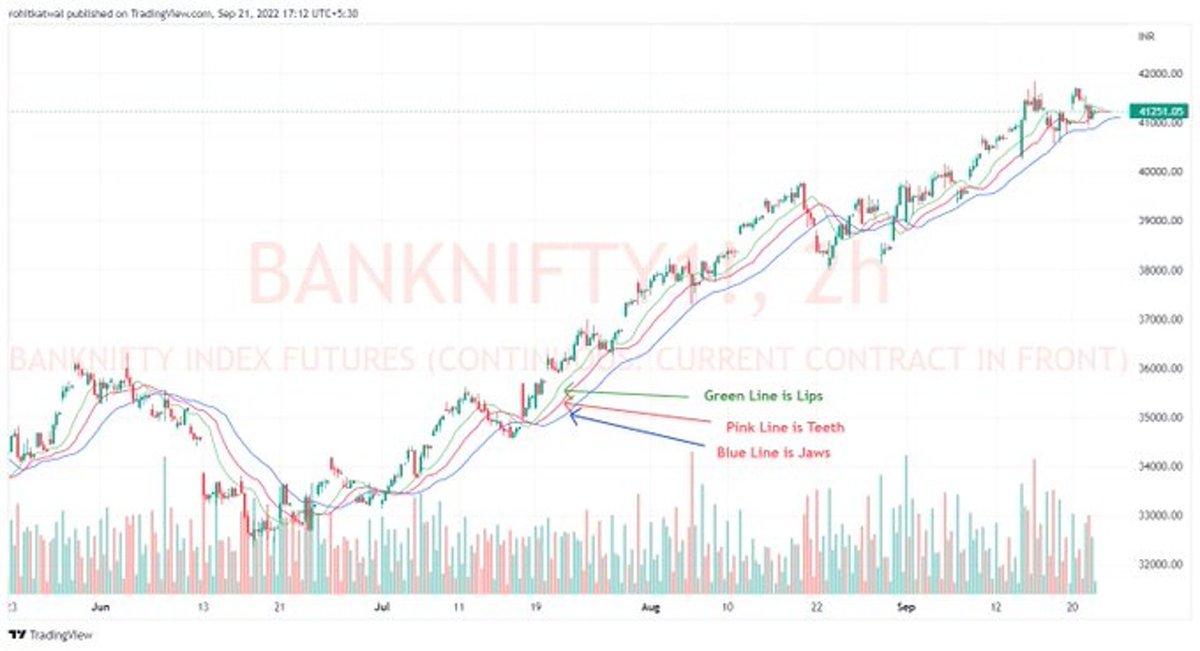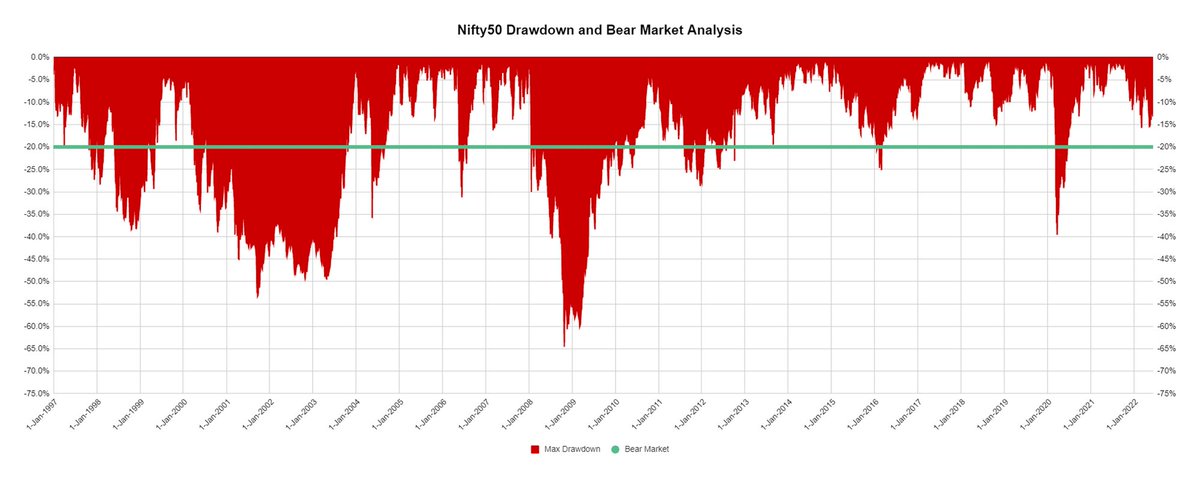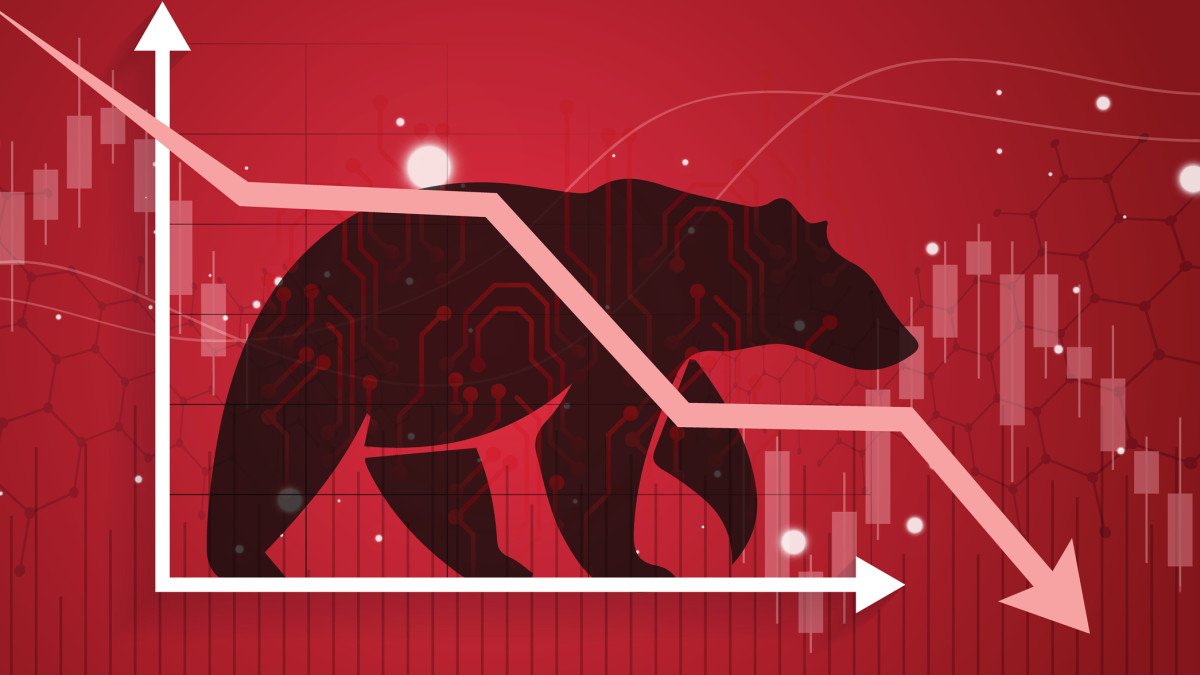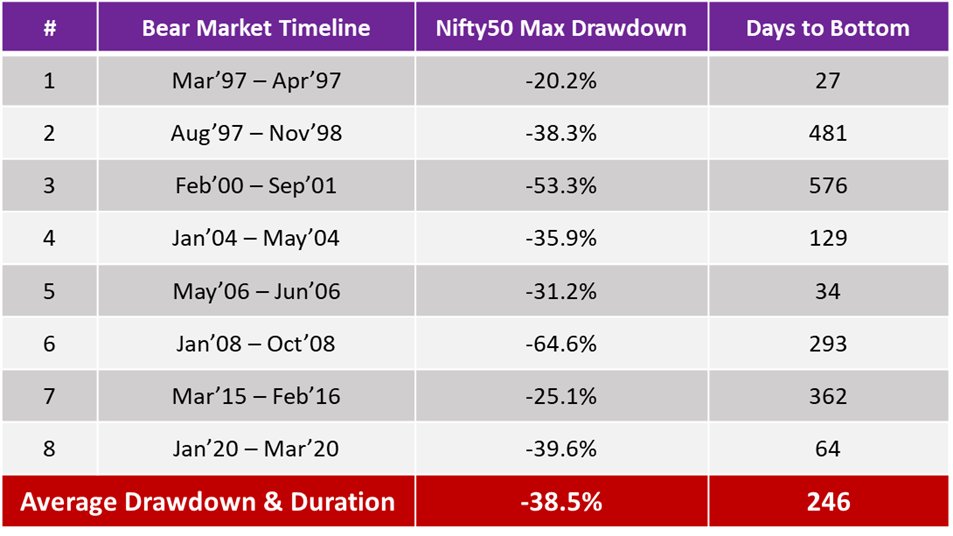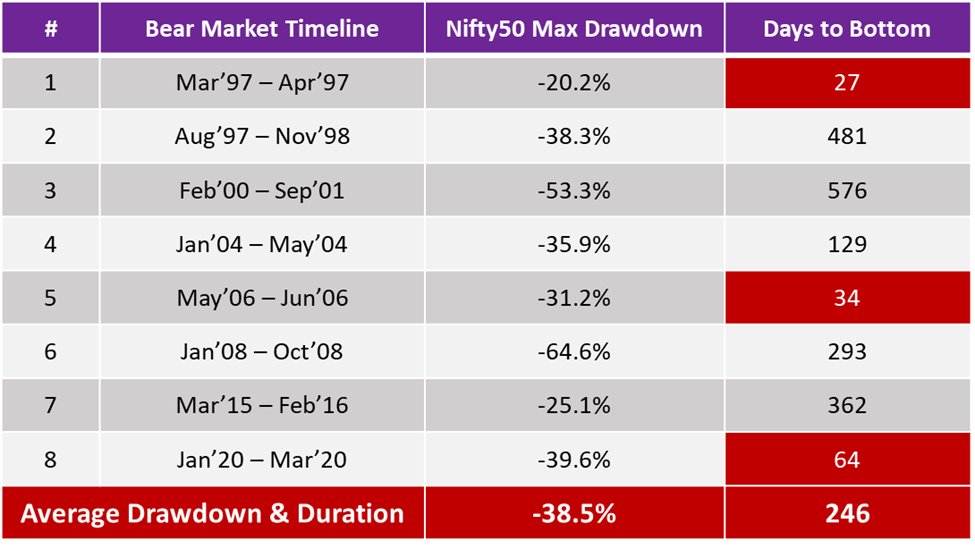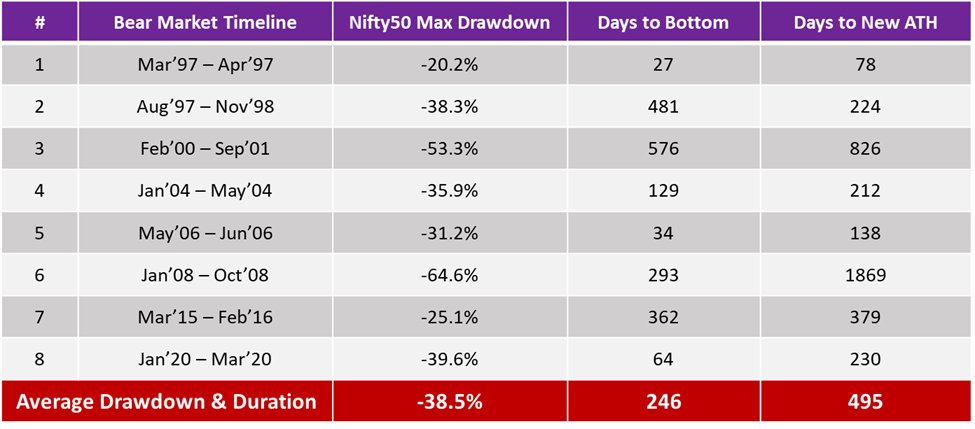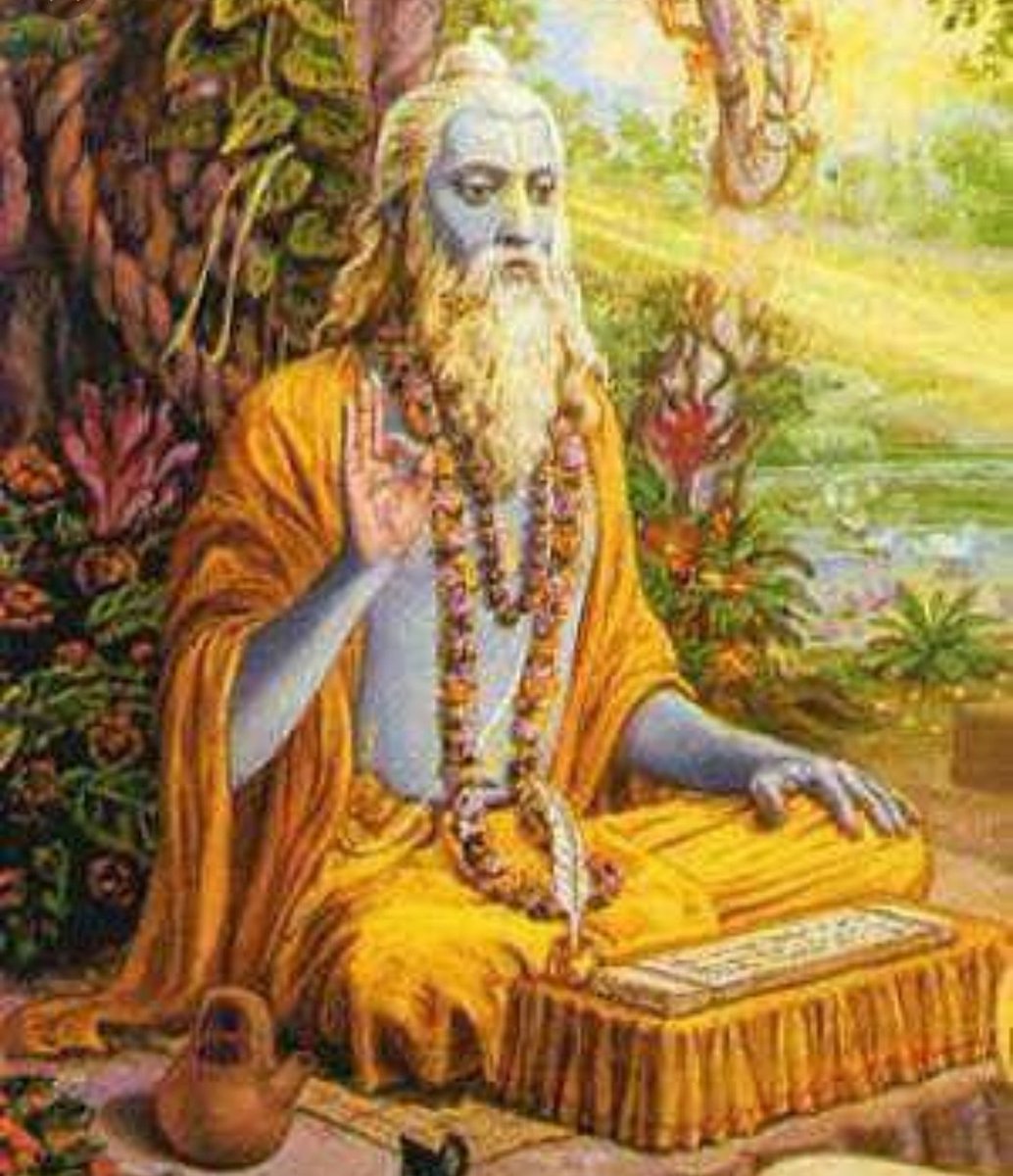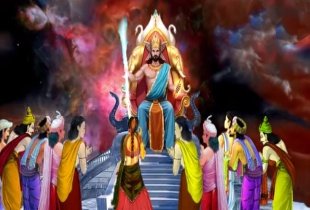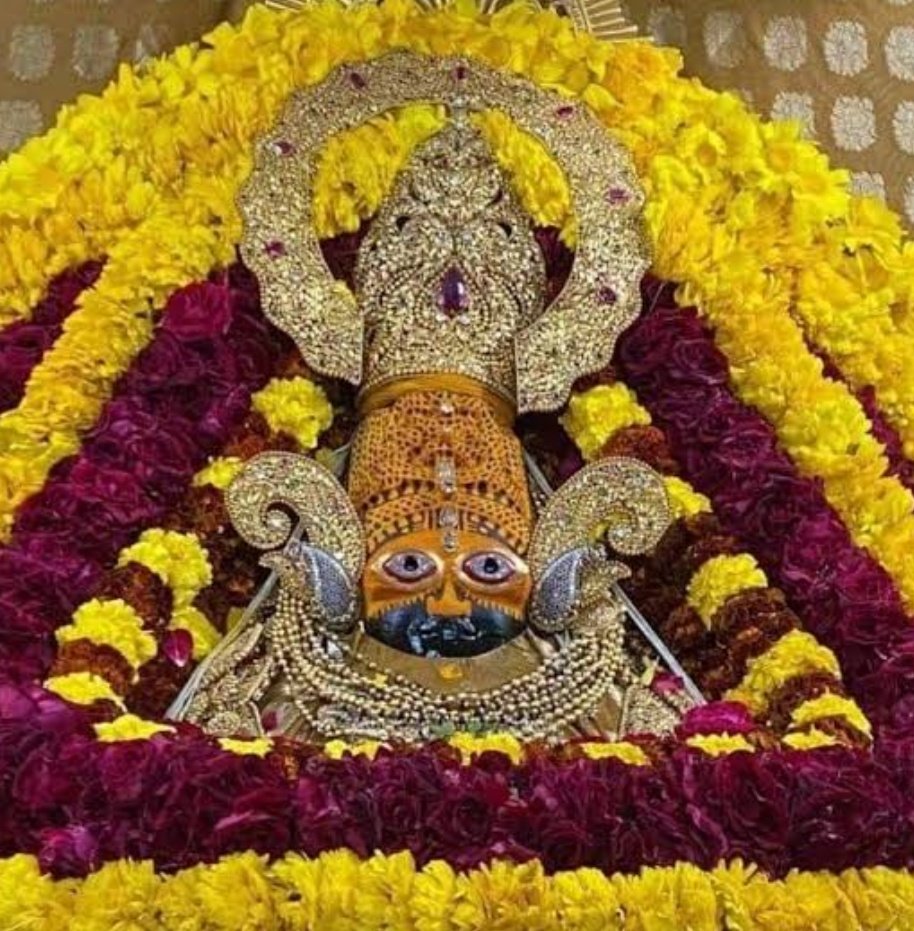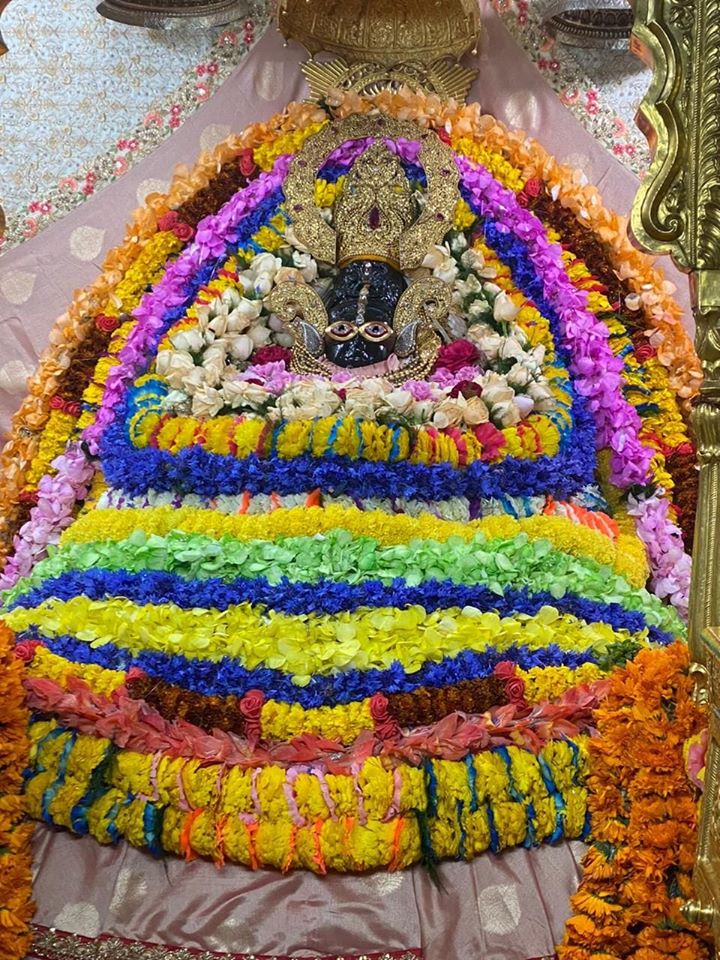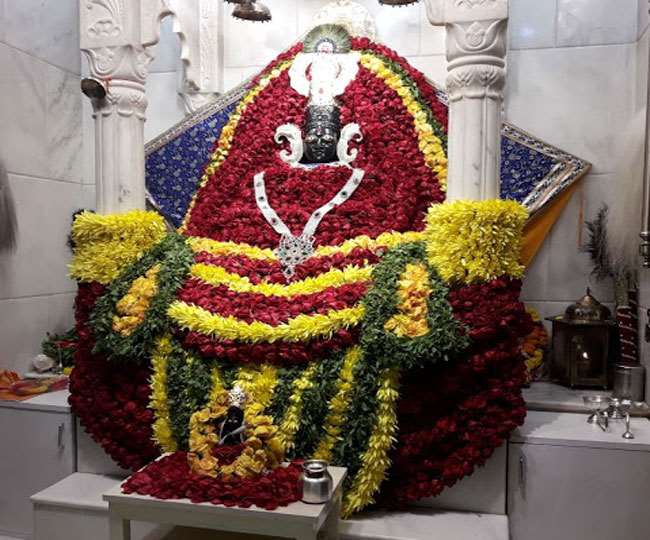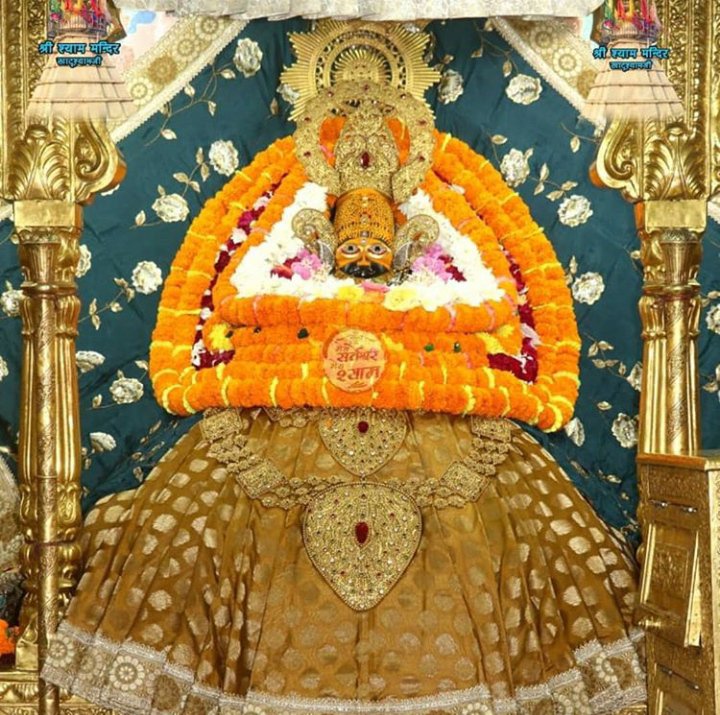@mirror_protocol is a decentralized synthetics protocol built primarily on Terra blockchain. It enables users to gain exposure to various real-world assets (stocks, cryptocurrencies, etc.) through the creation and trading of on-chain synthetic assets, called mAssets
With $GME and $AMC live soon on @mirror_protocol and the absolute madness that played out in the traditional financial markets this week, there's no better than now to go decentralized.
A summary on Mirror Protocol, how it works, and its potential
🧵👇
@mirror_protocol is a decentralized synthetics protocol built primarily on Terra blockchain. It enables users to gain exposure to various real-world assets (stocks, cryptocurrencies, etc.) through the creation and trading of on-chain synthetic assets, called mAssets
At the time of writing, the assets supported consists mainly of US-based equities (e.g. $FB, $AMZN, $ABNB), with other asset class such as cryptocurrencies coming in the pipeline starting with $BTC and $ETH, as well as a number of others currently in governance voting process
1) First, unlike the example that we saw with Robinhood this week, there's no central entity with the power to pause/restrict trading on any asset, much less the ridiculous one-sided disablement of buying or selling that we've witnessed
https://t.co/4dS0oNPrQ0
Robinhood restricted crypto trading due to "extraordinary market conditions" and Coinbase is investigating a site outage LMAO
— Larry Cermak (@lawmaster) January 29, 2021
2) The protocol enables users to gain access and price exposure to the available assets without the restrictions and burdens of accessing, owning, and transacting stocks in traditional markets
3) As the protocol matures, the breadth of supported asset will continue to grow. While we're starting with with US-based stocks, the protocol itself can support essentially any asset class
Those looking to add new assets can easily do so through governance proposals
4) Finally, the tokenization of the assets allow for fractional ownership, lowering the monetary barrier to entry for anyone that's interested in participating
Now let's get into the protocol itself and its various components. The protocol itself relies on 5 main parties:
- Oracle
- Minter
- Liquidity Provider
- Trader
- Staker
The oracle is the sole entity permitted and responsible for providing an accurate and up-to-date price feed of the mAssets. The price data itself is then used in 3 scenarios:
- minting new mAsset tokens
- calculating the collateral ratio
- liquidation
The oracle role is currently mostly fulfilled by @BandProtocol, with the price data being updated every 15 seconds. The data themselves originates from @iexcloud for stock prices and the Band Standard Dataset for cryptocurrencies.
https://t.co/o81VSoBWTf
1/ \U0001f680 Band Protocol is proud to announce the launch of the $BAND Standard Dataset - a reference price dataset with frequent updates and comprehensive, customizable feeds covering 100+ feeds for crypto assets, commodities and foreign exchange rates.https://t.co/OgZXsKT793
— Band Protocol (@BandProtocol) December 21, 2020
There are two things to note here:
1) the oracle price is not the trading price of the mAssets Instead, the trading price are determined by the reserve ratio of the mAsset vs UST in their liquidity pool, similar to other protocols such as @UniswapProtocol
2) The protocol only consider price data to be valid for 60 seconds. If prices are not updated by then, CDP functions (mint, burn, deposit, withdraw) are disabled. This means that CDP functionality are only available when the when real-world markets for the asset are open
These can lead to a number of side effects. The one that many would have noticed is when there is excess buying/selling demand during after-market hours.
Since no mAssets can be minted or burned during these times, excessive buying/selling during these times will lead to an mAsset’s trading price to deviate away from the last updated oracle price.
This clearly represents an arbitrage opporunity that, once the market opens back up and CDP functionality resumes, has shown to be taken advantage of by various trader and protocol users.
A minter is a user that enters into a collateralized debt position (CDP) in order to obtain newly minted mAsset tokens. The assets allowed to be used as collateral includes UST (Terra’s USD stable coin) or other mAssets.
Once a CDP position is open, minters must maintain a collateral ratio. The ratio itself varies for each assets, and are determined through governance.
Minters are then effectively take a short position against the mAsset’s price direction.
A liquidity provider enables the trading of the mAssets. They achieve this by adding equal amounts of an mAsset and UST to a corresponding liquidity pool, either through Terraswap (https://t.co/UVN63vBzpi) on Terra, or equivalent pools on other chains
In return for providing liquidity, LP's receive newly minted LP tokens, which represents their share of the pool. LPs are also rewarded in the form of trading fees similar to Uniswap.
To stop being a liquidity provider, a user can burn their LP tokens to reclaim their share of the mAsset and UST from the pool.
A trader engages in the buying and selling of mAssets through liquidity pools. Again, note that the price at which the trader buys or sells mAssets are not specified by the oracle, but instead the current ratio of the reserves available in each asset’s liquidity pool.
A staker is a user that stakes either their LP tokens (acquired through providing liquidity in the protocol) or $MIR tokens (Mirror’s governance tokens) in order to earn staking rewards in the form of MIR tokens.
The sources in which these rewarded $MIR tokens are acquired differs however, LP token stakers earn MIR minted from inflation, whereas MIR token stakers earn MIR rewards from CDP withdrawal fees.
MIR stakers are also eligible to partipate in the protocol’s governacne, with their voting power tied to the amount of MIRs they have staked.
Governance enable proposals, called polls, to be proposed, voted on, and passed to make changes to the protocol. The process community-led, where those who are eligible are those who have MIR tokens staked on the protocol’s Gov contract https://t.co/F5dO5YjcdF
Again, the voting power for each eligible voter is then proportional to the amount of MIRs they have staked.
Once submited, the poll can be voted on by the community until its voting period expired. For a poll to pass, three conditions must be met:
- it must pass quorum and threshold conditions
- it is ratified
- its contents can automatically be applied after a set period of time
While the core contract and CDP functionality exists solely on the Terra chain, mAssets are designed to be accessible and tradable on multiple blockchains.
This cross-chain transfer is facilitated by the Shuttle bridge, enabling mAssets and other Terra assets to be transferred and traded on protocols that exists on other chains such as Uniswap
Lastly, I'm more than excited to have played a part in the protocol through our partnership with the Mirror team. With that said, this is only the start and I can't wait to see where we go from here 🌟
Hats off to @d0h0k1 and the entire Mirror team for all their work and success thus far and looking forward to building even greater things together!







